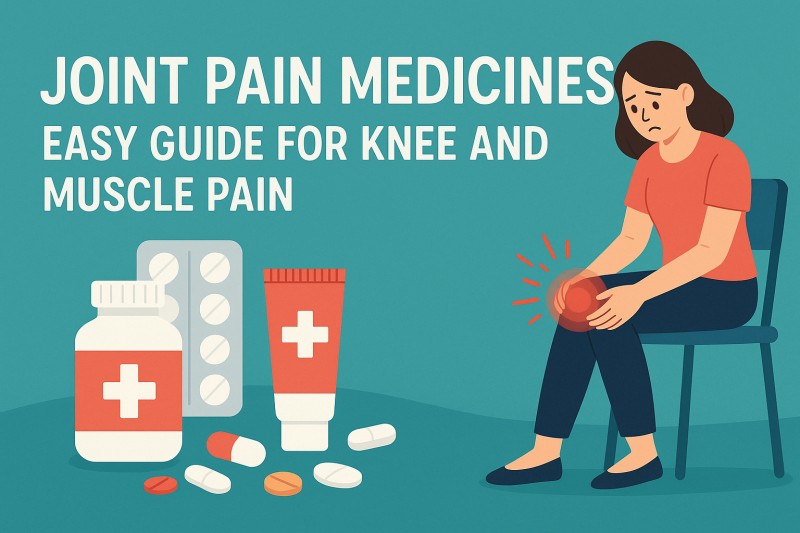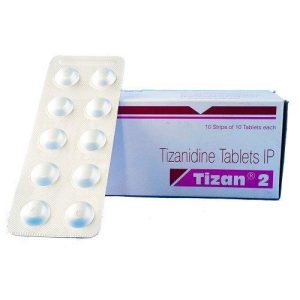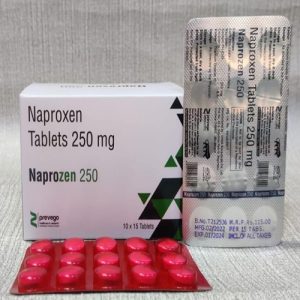One of the most common health problems today is joint pain. Pain can get in the way of daily life, whether it’s sore knees after a long day, stiff shoulders from sitting at a desk, or sore muscles after working out. The good news is that there are many different medicines and treatments for joint pain that can help ease pain, improve movement, and keep joints healthy over time.
This guide will show you the best medicines for knee and muscle pain. We’ll talk about over-the-counter options, prescription drugs, and natural remedies that work and are safe.
Learning About Joint and Muscle Pain
When bones meet in places like the knees, hips, shoulders, or elbows, they can get inflamed, hurt, or worn down, which can cause joint pain. Most of the time, muscle pain is caused by using them too much, being tense, or getting hurt. Depending on the cause, both types of pain can be short-term or long-term.
Some of the most common causes are:
- Osteoarthritis is when joints wear down over time.
- Rheumatoid arthritis is an autoimmune disease that causes inflammation in the joints.
- Injuries from sports, like sprains, strains, or torn ligaments
- Muscle fatigue from working out or doing the same thing over and over again
- Bad posture can cause pain in the back, neck, or shoulders.
- The first step in picking the right medicine for joint pain is to figure out what’s causing it.
Get and stay hard at 98% less cost!
Medicines you can buy without a prescription for joint pain
Over-the-counter (OTC) pain relievers are usually the first choice for mild to moderate pain. They are easy to find and work quickly.
- Acetaminophen (Paracetamol)
- Often suggested for mild pain in the knees and muscles.
- It works by lowering pain signals in the brain.
- It is easy on the stomach, but you shouldn’t use it too much because it could hurt your liver.
- Nonsteroidal Anti-Inflammatory Drugs (NSAIDs)
- Ibuprofen, Naproxen, and Aspirin are some examples.
- Lower both pain and swelling in the joints.
- Used a lot for arthritis, back pain, and injuries from sports.
- To avoid upsetting your stomach, take it with food.
- Creams and gels that go on the skin
- Menthol-based creams and diclofenac gel are two examples.
- Put directly on painful spots for quick local relief.
- Good for people who can’t take painkillers by mouth.
- Medicines that are prescribed for severe pain
- Doctors may give you stronger joint pain medicines if over-the-counter ones don’t work.
- More powerful NSAIDs or COX-2 blockers
- Lower inflammation without as many stomach problems.
- Often given to people with arthritis to help them manage it over the long term.
- Corticosteroids
- You can take it by mouth or inject it straight into the joint.
- Have strong effects against inflammation.
- Usually used when the knee hurts a lot or the joints swell.
- Anti-Rheumatic Drugs That Change the Course of Disease (DMARDs)
- Given to people with rheumatoid arthritis and other autoimmune diseases.
- Help stop the disease from getting worse instead of just easing symptoms.
Herbal and natural ways to ease joint pain
Many people choose natural ways to treat joint pain so they don’t have to deal with the side effects of taking medicine for a long time. Some options that have been shown to work are:
- Turmeric (Curcumin): Known for its strong ability to reduce inflammation.
- Fish oil, which is high in omega-3 fatty acids, can help reduce swelling and stiffness in joints.
- Ginger is a natural pain reliever for arthritis and sore muscles.
- Glucosamine and chondroitin are two well-known supplements that help support cartilage.
These treatments might not work right away like painkillers, but if you take them every day, they can help keep your joints healthy.
- Tips for a healthier lifestyle for your joints and muscles
- You can’t just take medicine to fix joint pain. Making changes to your lifestyle is just as important for long-term relief.
- Stay active: Light activities like walking, swimming, or doing yoga can help the muscles around your joints get stronger.
- Keep Your Weight in Check: Extra weight on your body puts more stress on your knees and hips.
- Use heat and cold therapy: Ice packs help with swelling, and warm compresses help with stiff muscles.
- Better Posture: Sitting and standing up straight can help you avoid putting too much stress on your body.
- A balanced diet includes foods high in calcium, vitamin D, and protein, which help keep bones and muscles strong.
When to Visit a Doctor
Pain relief medications can help with a lot of joint and muscle pain, but you should see a doctor if you have any of the following:
- Joint swelling that is severe or comes on suddenly
- Pain that lasts longer than a few weeks
- Having trouble walking or moving a joint
- Fever, redness, or warmth around the joint
- Getting diagnosed with arthritis or other conditions early can stop long-term damage and make life better.
Conclusion
The best medicine for joint pain in the knees and muscles depends on what is causing the pain and how bad it is. For mild pain, over-the-counter painkillers like paracetamol and NSAIDs usually work well. In more serious cases, you may need to take prescription drugs or get shots. Making changes to your lifestyle and using natural remedies are also important for keeping your joints healthy in the long term.
The best way to deal with pain is usually to use medicines for short-term relief and then develop long-term habits like exercise, eating well, and sitting up straight. If you have the right plan, you can manage joint and muscle pain well enough to stay active and pain-free.




